Mirijjawila Dry Zone Botanical Garden: A Sanctuary of Arid Flora
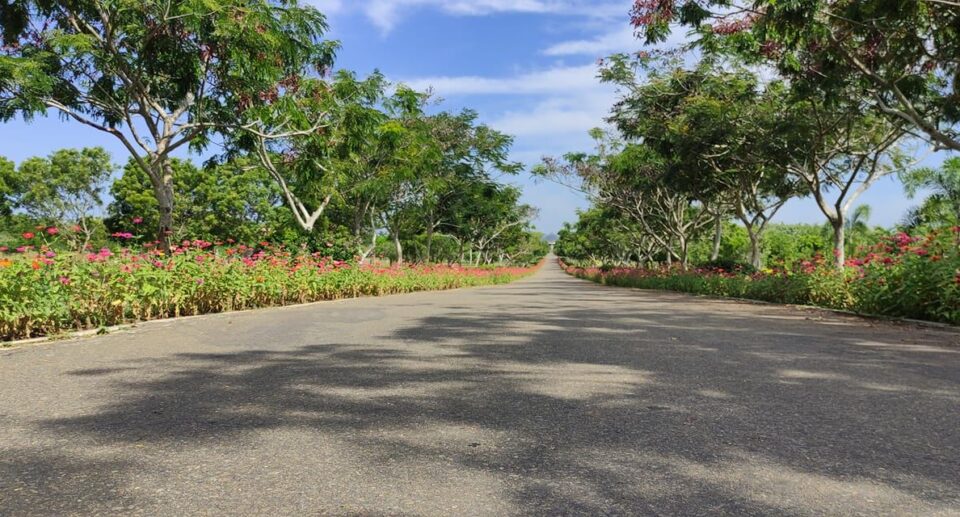
A Green Sanctuary in the Dry Zone of Sri Lanka
Botanical gardens are oases of biodiversity, education, conservation, and natural beauty. In Sri Lanka, a country renowned for its ecological diversity, the establishment of botanical gardens across various climatic zones is a cornerstone of environmental conservation and awareness. One of the most striking recent additions to this effort is the Mirijjawila Botanical Garden, located in Hambantota, in the southern dry zone of Sri Lanka. This 2013-opened garden has already evolved as a major center of plant conservation, dry zone ecology, research, and eco-tourism.
Introduction and Purpose
The Department of National Botanic Gardens of Sri Lanka created the Mirijjawila Botanical Garden with the aim of conserving dry and arid zone plant species that were poorly represented in other botanical gardens. Unlike the older and more famous gardens like Peradeniya and Hakgala, which had been located in cooler climes, Mirijjawila opened in a hot and dry region, making it Sri Lanka’s first botanical garden for dry zone flora.
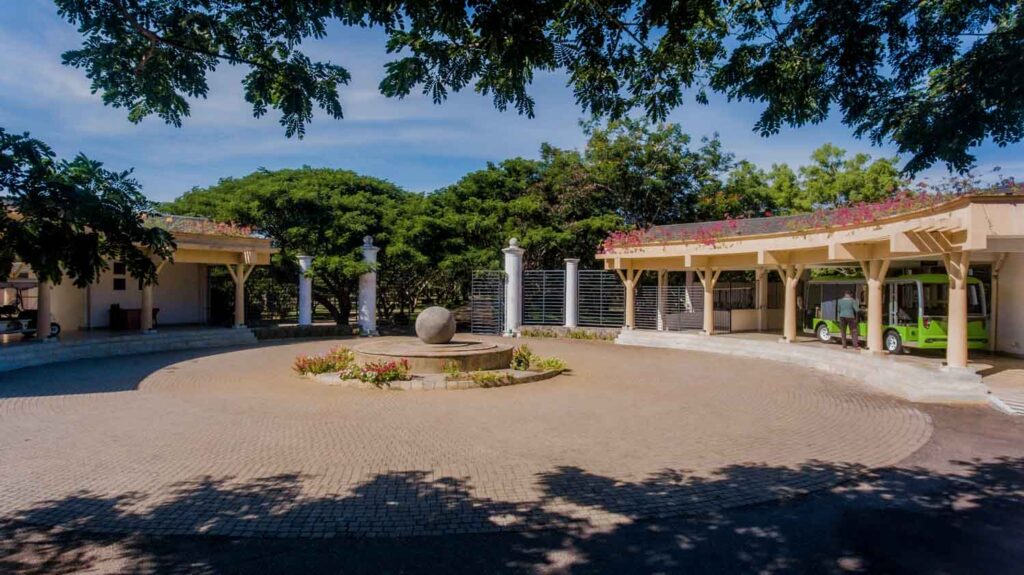
Its chief aims are: Conservation of indigenous and endangered dry zone plants Research and botanical study of arid-zone flora Propagation and conservation of medicinal plants Promoting eco-tourism Environmental education for students and the public.
Geographical Location and Climate
The garden is located some 10 kilometers from the town of Hambantota, near Mattala Rajapaksa International Airport and near the Hambantota Sooriyawewa main road. It is spread over an enormous area of over 300 acres (some 120 hectares) of land, which was once barren and degraded due to shifting cultivation and deforestation.

Mirijjawila experiences a hot, dry climate with 1,000–1,200 mm average rainfall annually and temperatures generally in excess of 30°C. These conditions are suitable for the exhibition of xerophytic vegetation species, with some endemics of Sri Lanka’s dry lowlands and arid conditions.
Design and Layout
The design of the garden is compatible with the natural surroundings. The landscape was designed in detail to transform a degraded, dry land into a green, educational, and aesthetic one. The garden contains:
Themed plant collections ,Lakes and irrigation ponds for water conservation and support of aquatic species, Roads and paths for visitors,Shaded resting and viewing areas,Plant nurseries and research greenhouses
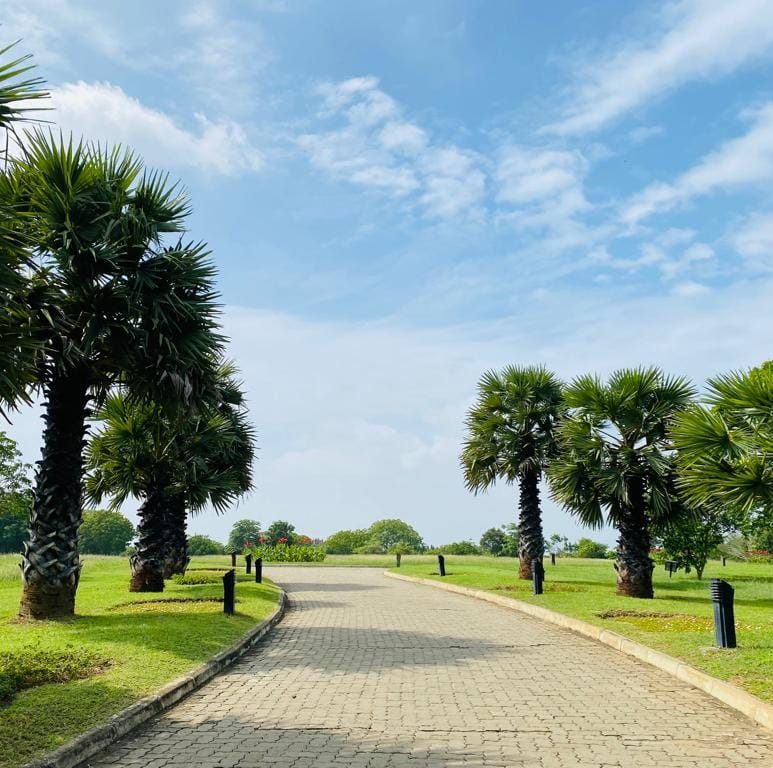
The landscape promotes environmental sustainability, as well as a good visitor experience. Water management is crucial in maintaining the garden’s life, and several water storage facilities have been established to allow the growth of plants year-round.
Flora and Biodiversity
Mirijjawila Botanical Garden contains over 15,000 plants of over 200 species. It is a specialist in dry zone flora, with special emphasis on those endemic, rare, and threatened species. The collections include: Dry zone tree species such as Ebony (Diospyros ebenum), Palu (Manilkara hexandra), and Weera (Drypetes sepiaria) Medicinal plants used in traditional Ayurveda, cacti and succulents, adapted to the dry climate, Palm species with indigenous and introduced species, Aquatic plants near artificial lakes and wetland ecosystems, Endemic flowering plants endangered due to urbanization and agriculture
A highlight is a unique section for ethnobotanical plants plants with traditional medicinal, food, or tool uses demonstrating the close relationship between plants and Sri Lankan culture.
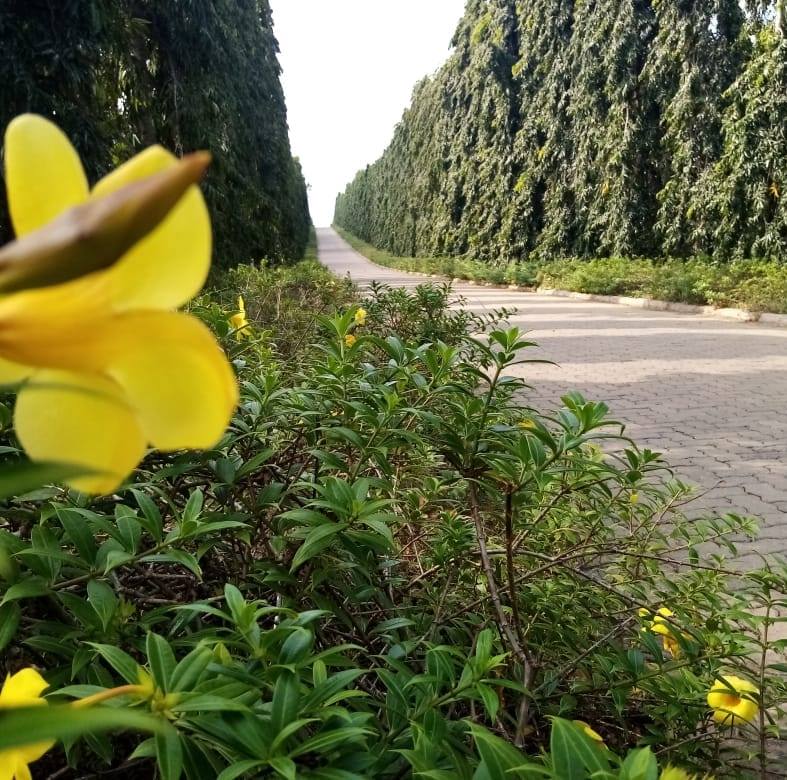
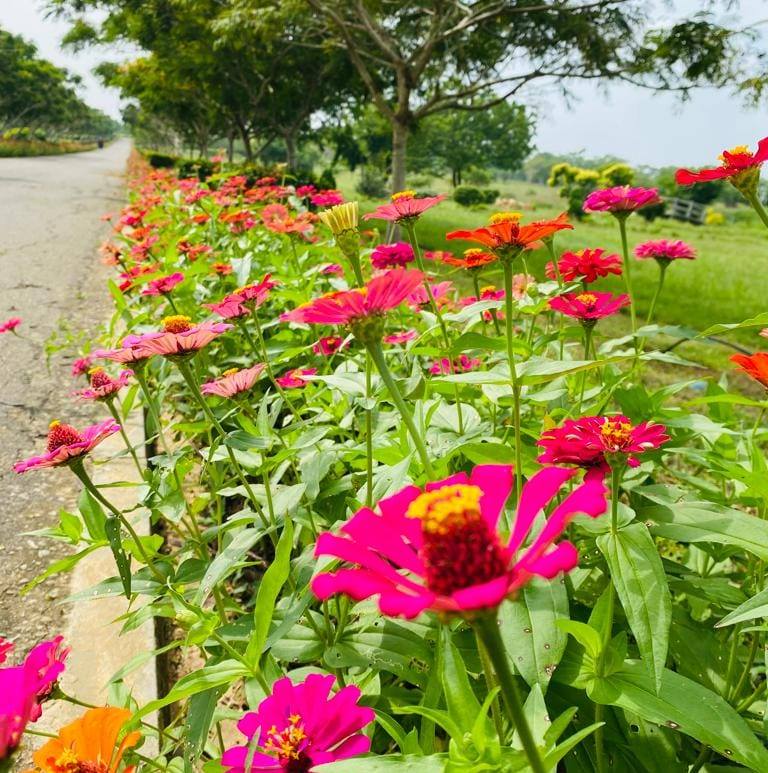
Conservation and Research
Plant conservation and scientific research are a primary function of the Mirijjawila Botanical Garden. Many plants of Sri Lanka’s dry zone are threatened by habitat loss, over-exploitation, and climate change. The garden preserves these species by: Propagation of threatened plants and gene banks, Facilitation of research for the growth of plants in arid conditions, Hosting student and scholarly researchers from the universities, Offering training in areas of horticulture, taxonomy, and landscape design.
The garden also collaborates with local and foreign botanical gardens to swap plant material and ideas, further spreading its contributions in the international effort of biodiversity conservation.
Educational and Social Value
Education plays a significant component of the Mirijjawila Botanical Garden’s function. The garden provides the following:, School visits and guided tours, Workshops and lectures on botany and environmental conservation, Public awareness programs on dry zone ecosystems and sustainability, Vocational training on gardening and landscaping practices
Students from across Sri Lanka visit the garden to gain knowledge about native flora, climatic adaptation, and green technology. Signboards in multiple languages and knowledgeable staff help make the experience educational and beneficial for visitors of all ages.

Tourism and Local Economy
As a tourist attraction, the Mirijjawila Botanical Garden is a worthy contribution to Sri Lanka’s southern tourist belt. Due to its proximity to the well-known tourist attractions of Yala National Park, Bundala Wetlands, and the southern beach belt, it is an ideal stop for both local and foreign tourists.
Visitors can experience: Hiking trails through rare and colorful vegetation, Bird watching at the artificial lakes ,Photographic opportunities with scenic backdrops,Educational experiences on local ecology and traditional plant uses
By drawing in thousands of tourists each year, the garden also boosts the local economy. Small businesses in the area benefit from the extra foot traffic, and locals are able to find work as guides, maintenance personnel, and in hospitality industries.
Challenges and Sustainability
In spite of its success, the garden has a number of challenges, such as: Sustaining water supply during times of severe dryness, Safeguarding rare plants against pests and disease, Managing visitor effect on sensitive areas, Limited budget for expansion and research
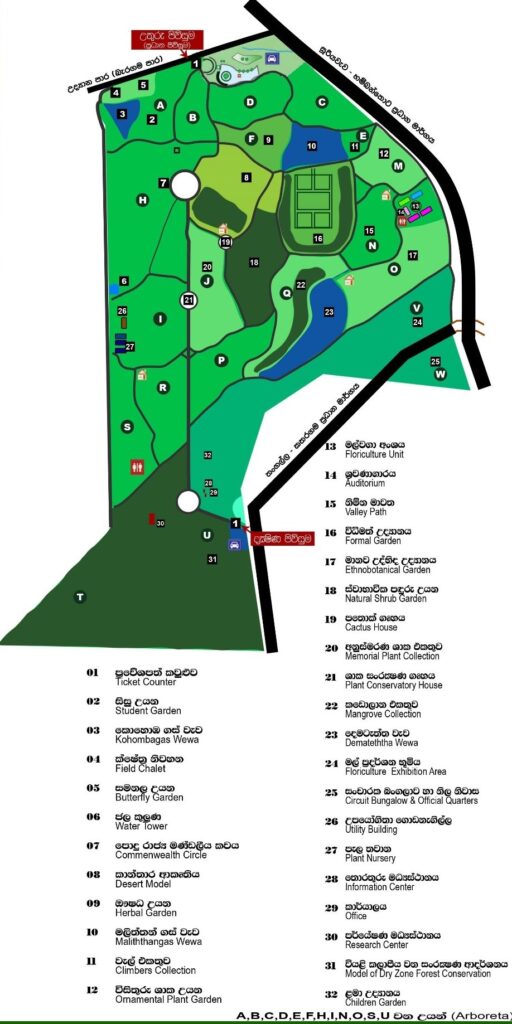
To meet these challenges, the garden employs sustainable landscaping, drip irrigation, and organic plant management. Long-term sustainability will depend on continued investment, community engagement, and integration into national conservation policy.
Future Outlook
The Mirijjawila Botanical Garden continues to develop and grow. Future developments involve: Developing plant collections to include more international dry zone species, Creating an eco-education center for school programs, Installing interactive displays and guided tour apps, Strengthening links with universities for joint research, Hosting botanical festivals and eco-tourism events.
As the world increasingly becomes concerned with climate change and environmental conservation, botanical gardens like Mirijjawila will be in the frontline of public awareness and biodiversity conservation.
The Mirijjawila Botanical Garden is an excellent illustration of the possibility of degraded dry land being transformed into a center of life, learning, and beauty. By conserving endangered dry zone plants, environmental education, research facilitation, and fostering eco-tourism, it renders a useful service to both the local community as well as national conservation goals.
In a time when ecosystems are under threat around the world, places like Mirijjawila remind us of the value of nature and our responsibility to protect it. As the garden continues to grow, it will forever remain a living example of Sri Lanka’s commitment to biodiversity, sustainability, and green development.
Tickets Details
Foreign Adult
(Elder than 12) LKR 3,540/=/ Ticket
Foreign Student
(Must have proof) LKR 2,360/=/ Ticket
Foreign Child
(5 to 12 years) LKR 1,770/=/ Ticket
Open Hours
7:30 AM–5 PM
Contact Information
Address: Garden lane, Hambantota
Travel Directions to Hambantota Dry Zone Botanic Gardens
| Route from Colombo to Dry Zone Botanic Gardens |
| Through : Mattala Highway – Sooriyawewa Distance : 250 km Travel time : 3.5 hours |
Map Of Mirijjawila Dry Zone Botanical Garden
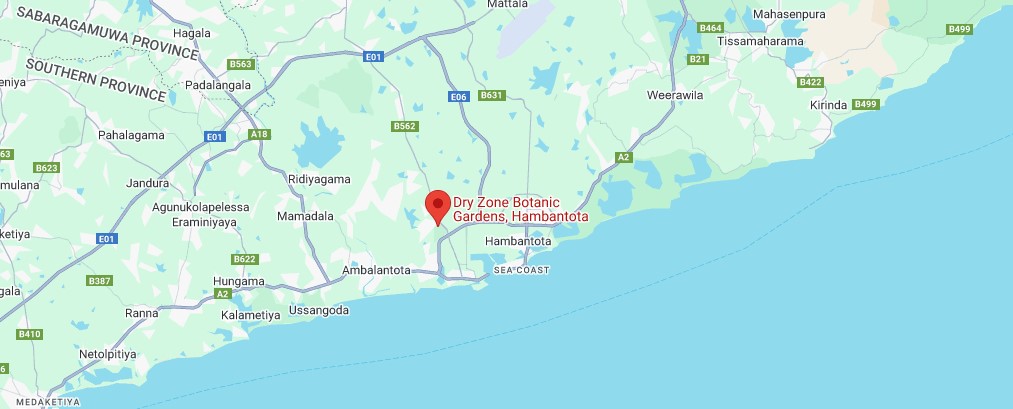





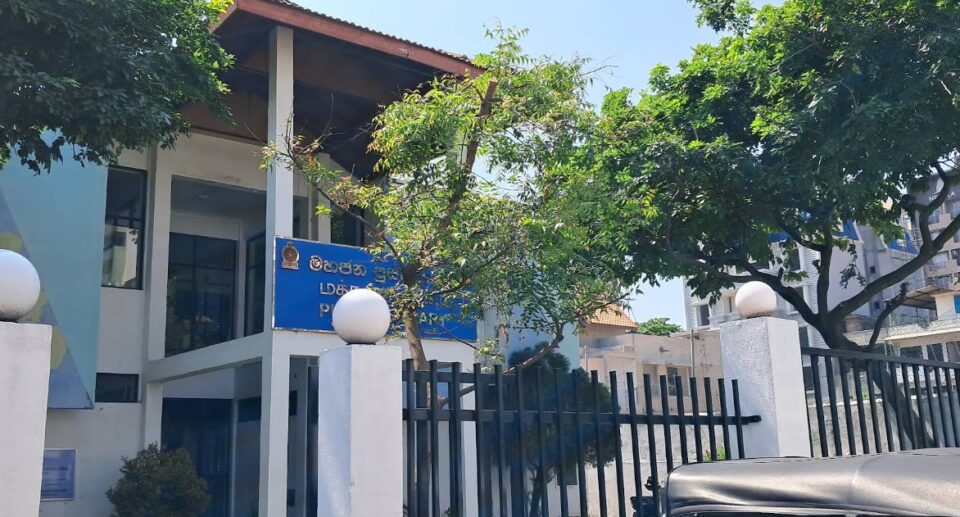
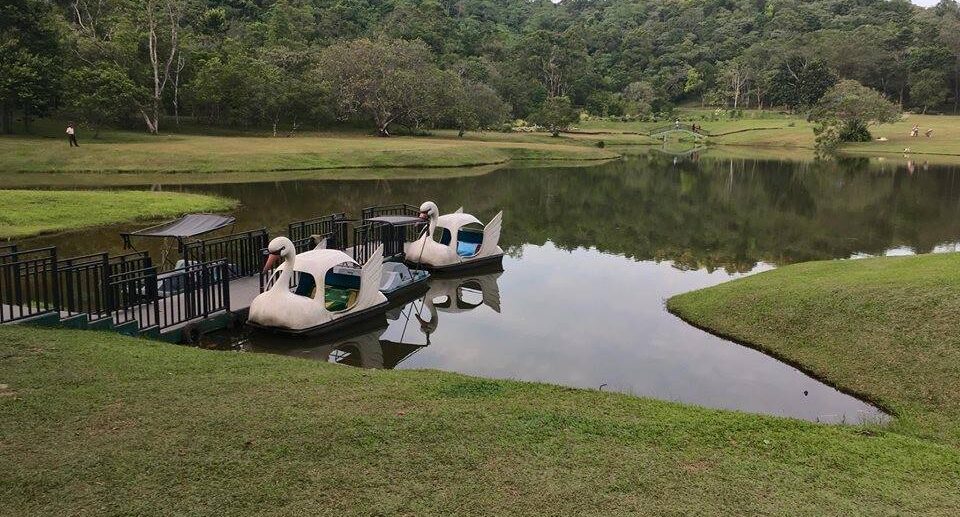


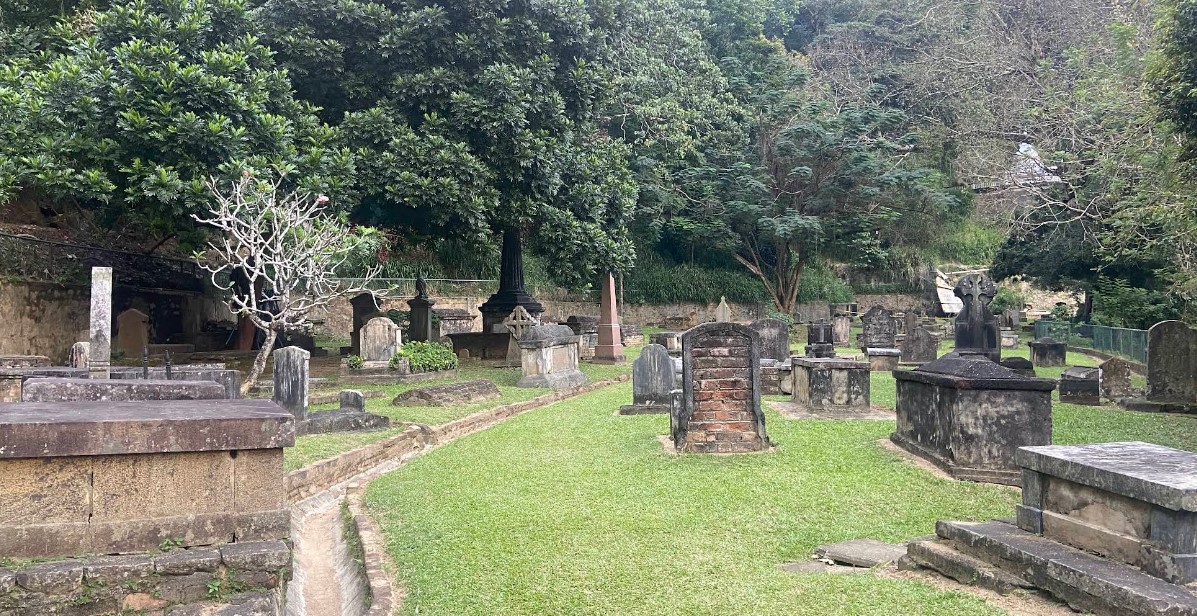
1 Comment
[…] Mirijjawila Dry Zone Botanical Garden: A Sanctuary of Arid Flora – HiddenVisit […]